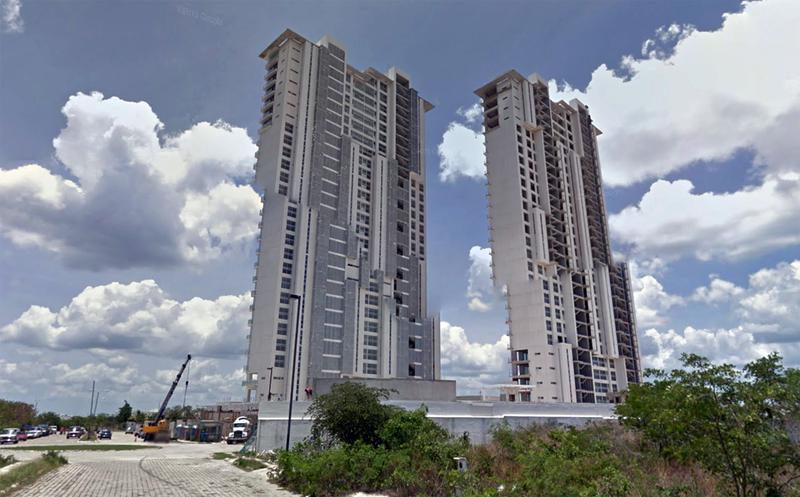A look at state building regulations and a talk with a structural engineer provide basis for an opinion….
MERIDA – All we read last week were news about what was left behind by the hurricanes that churned through the warm waters of the Atlantic Ocean, Caribbean Sea and Gulf of Mexico, and we also experienced for the first time in Merida the effects of an earthquake whose epicenter was almost 750 kilometers away, but whose magnitude of 8.2, managed to make feel many Yucatecans worried about their security.
According to reports, in Yucatan, the movement was felt with an intensity of magnitude 3, while in some parts of Merida such as the center, north and west, it was stronger but without material damages to regret, only scares.
However,in the wake of this unusual event questions arise as to how likely we are to relive this type of phenomena in the region, and if the structures could support them.
The construction regulations (dating from 2014) for the State of Yucatan, do not contemplate norms on seismic activity for the entity since the Peninsula is not considered a seismic zone despite its proximity to Oaxaca and Chiapas, the two states with the most high seismic activity in the country, and it’s location between Cocos, North American and Caribbean tectonic plates.
In this respect, the engineer Francisco Poot, who specializes in structural engineering, confirms this. Due to the soil type, the Yucatan Peninsula is not considered a seismic zone since the subsoil is of limestone, which has great rigidity, which causes a low seismicity, contrary to what happens in Mexico City, where the soil softening causes a magnification factor 10 times greater than the forces of the earthquake.
The seismic movement experimented on Thursday September 7 at 11:45pm was felt by the liberated energy and the great magnitude of the earthquake; however, it is very unlikely that a similar event will happen soon.
But the question is: if the construction regulations do not contemplate this type of phenomena, in the most ‘improbable’ of cases, would we be safe?
The answer is: probably yes.
When constructing buildings that support hurricanes, they are unintentionally prepared for earthquakes, because the strong winds of the cyclones generate vibrations as strong or even more violent than the earthquakes, although we do not know the extent to which they could withstand.
In addition, the CFE and some companies have a norm to build structures and buildings that support the onslaught of nature such as hurricanes and earthquakes.
And the next question that comes to mind. Can structures withstand violent hurricanes like Irma?
According to the rules, industrial and public buildings, and also traffic signs have to withstand winds of up to 260 kilometers per hour, however, the ravages of the devastating Hurricane Irma that in days past destroyed 90% of the Island Barbuda, exceeded the 250 kilometers per hour, and under this norm, the state would be at the mercy of nature, although as Francisco explains, since Hurricane Gilberto, measures were taken in the regulations to consider an event like this.
And in terms of housing, the rule states that because of their low height and rigidity, homes only support winds of 170 kilometers per hour, about half as intense as category 5 hurricanes, which makes one think that during such an event, it would be best to leave the city or seek a shelter. Hurricanes and earthquakes are two violent expressions of Mother Nature that remind us today more than ever that we have to expect the unexpected and that we aren’t ever fully prepared for its fury.
Source: sipse.com/milenio



